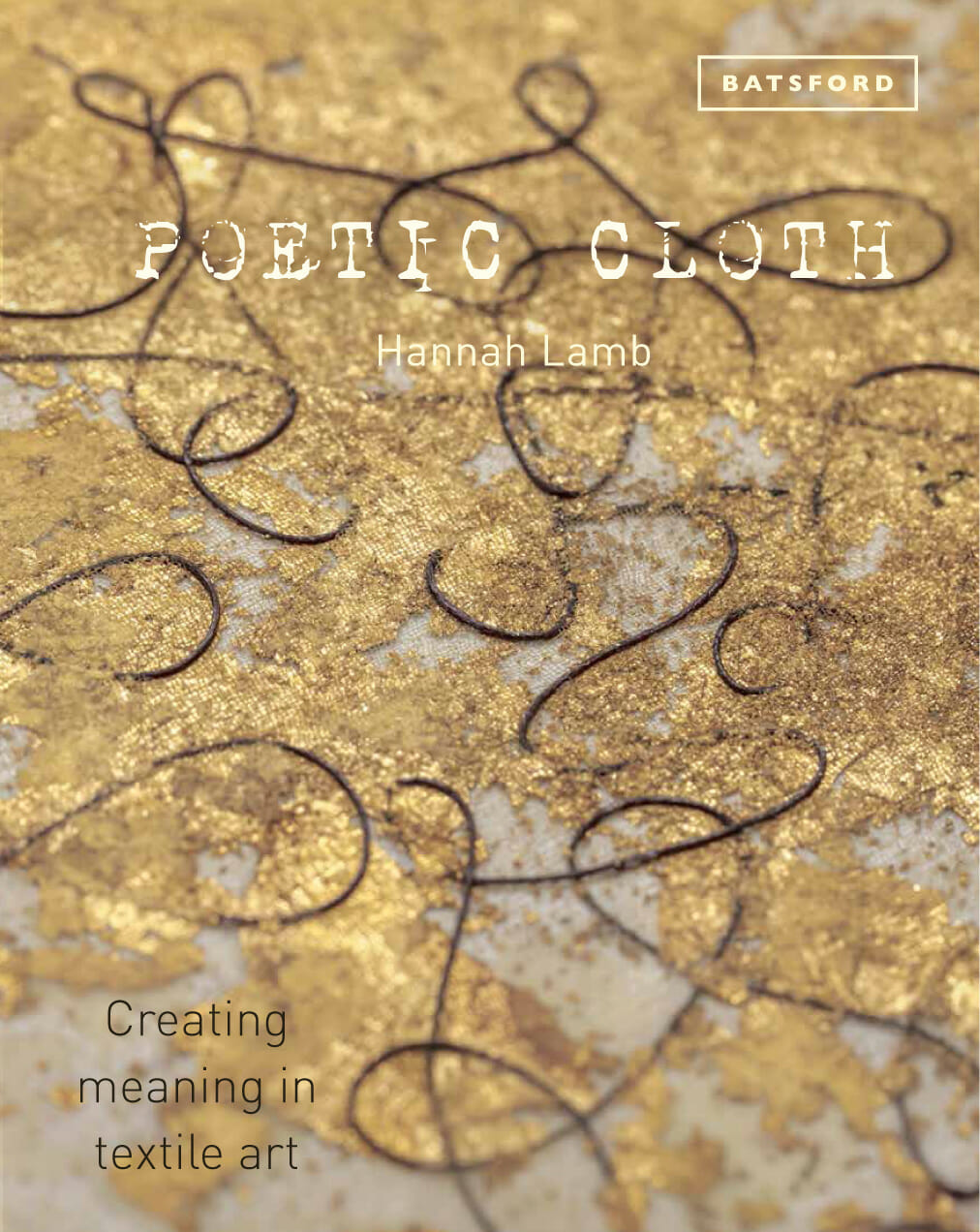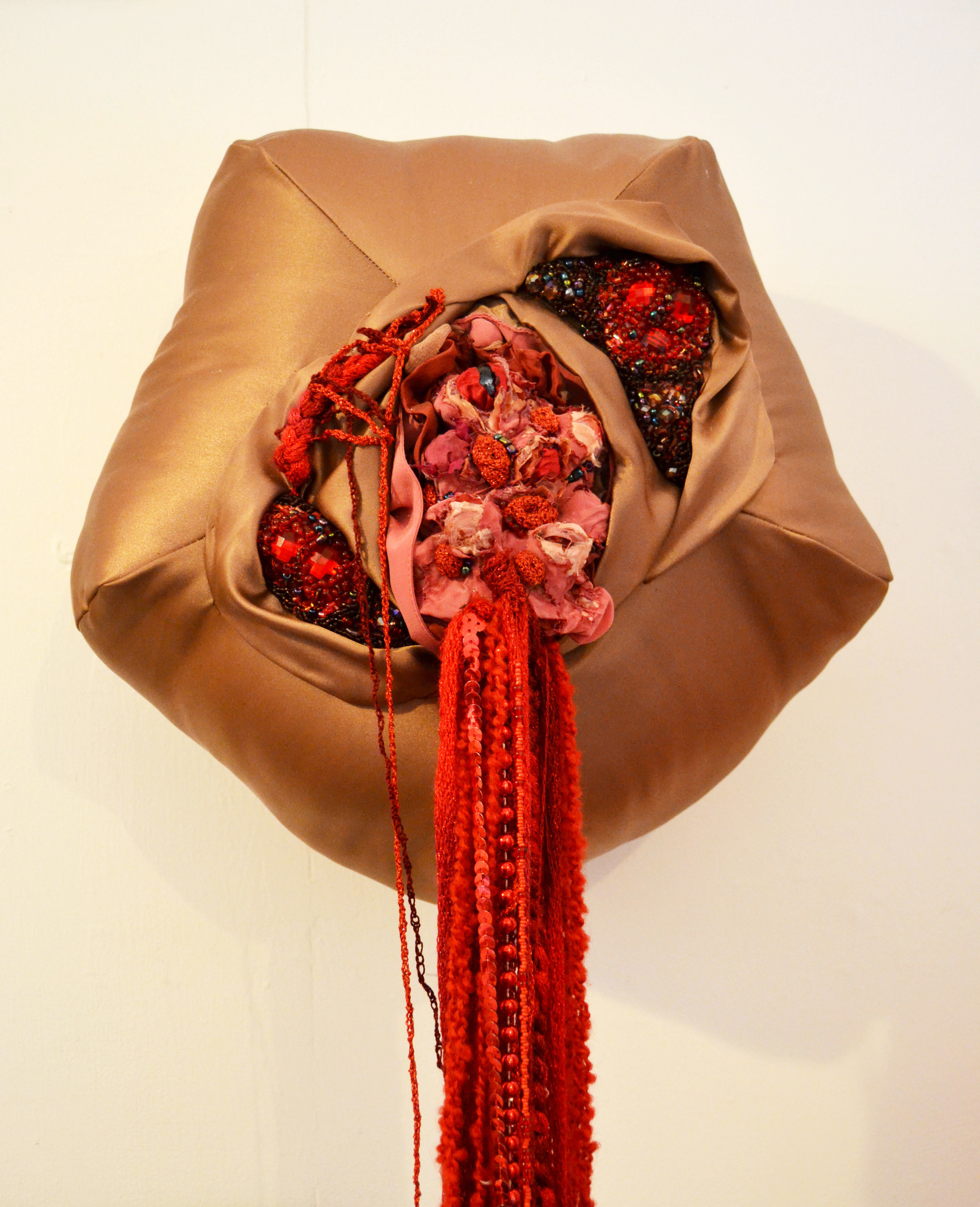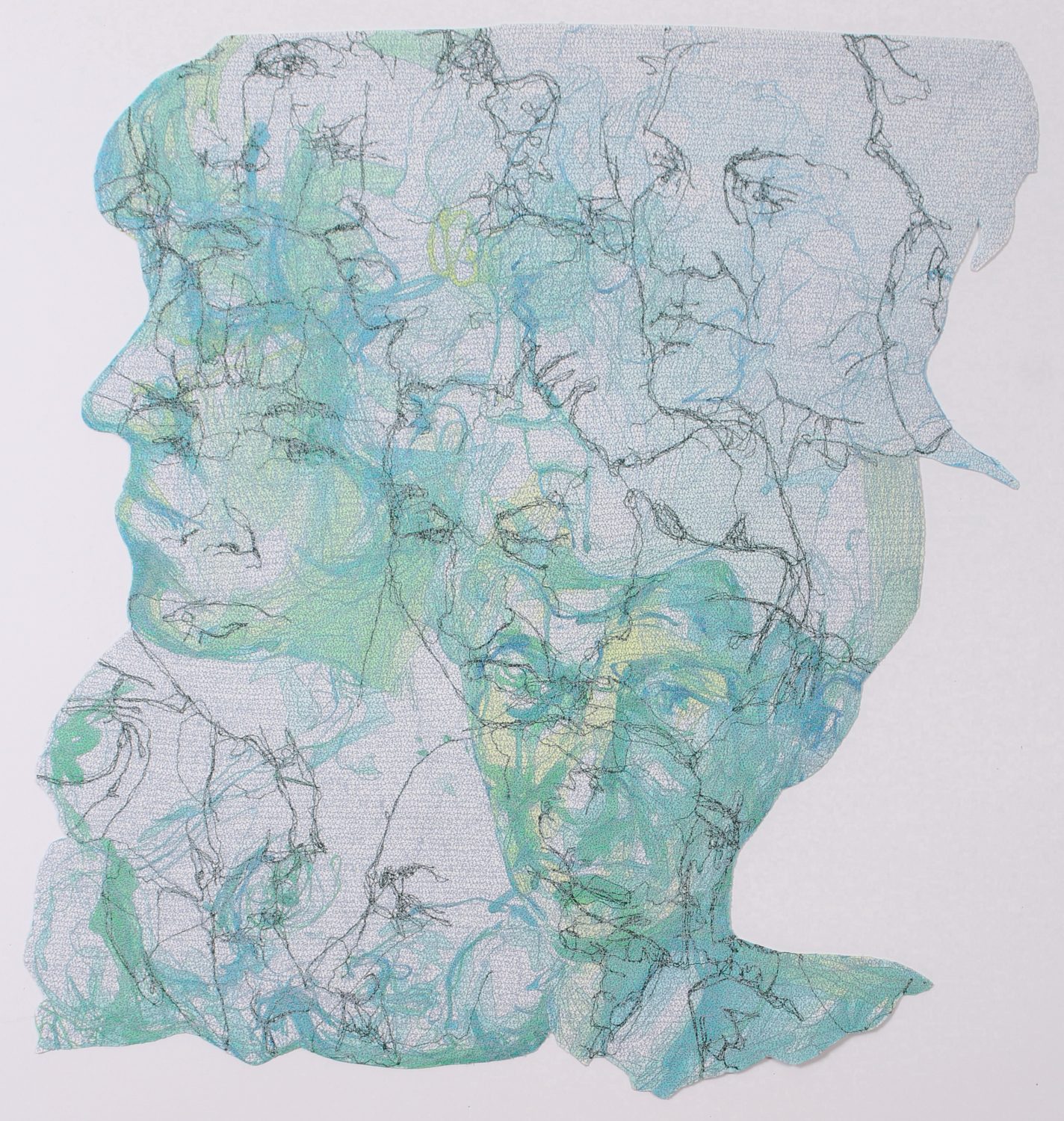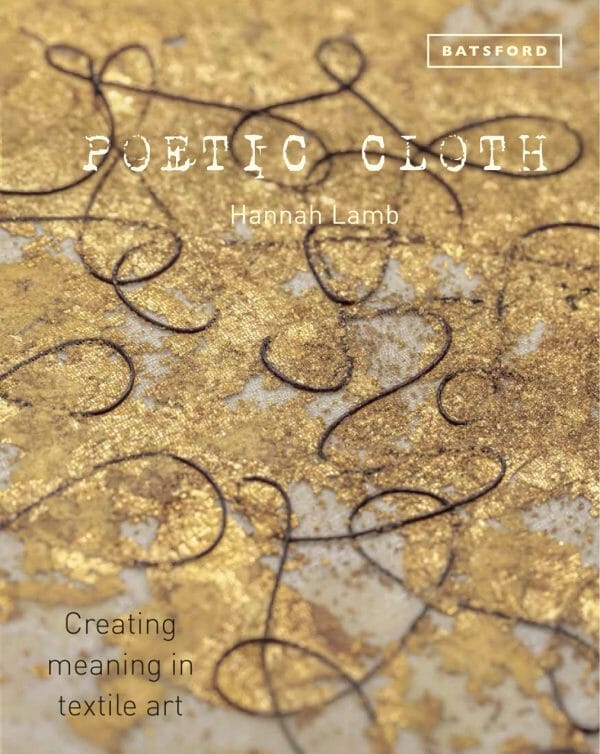
I have followed artist Hannah Lamb’s work for a number of years so was delighted to be invited to review her beautiful book ‘Poetic Cloth by Batsford who have an international reputation for their delicious book publications.
Receiving a book through the post is a joy of unwrapping and usually initial quick inspection in readiness to devour later, yet I was compelled to stop as I flicked through the glorious images photographed by Michael Wicks which supported the gentle content of the narrative.
The book is divided into clear chapters exploring themes and processes relevant to the Hannah’s work simply titled: Touch, Stitch, Trace, Fragment, Mend and Lustre.
‘Touch’ serves as an introduction to material and how we respond to its surface and equally how cloth touches our lives in so many ways culturally, socially and emotionally. It is through our awareness of the material properties of cloth that we can develop our response. Favourite materials are explored suggesting themes and ideas which may emerge.
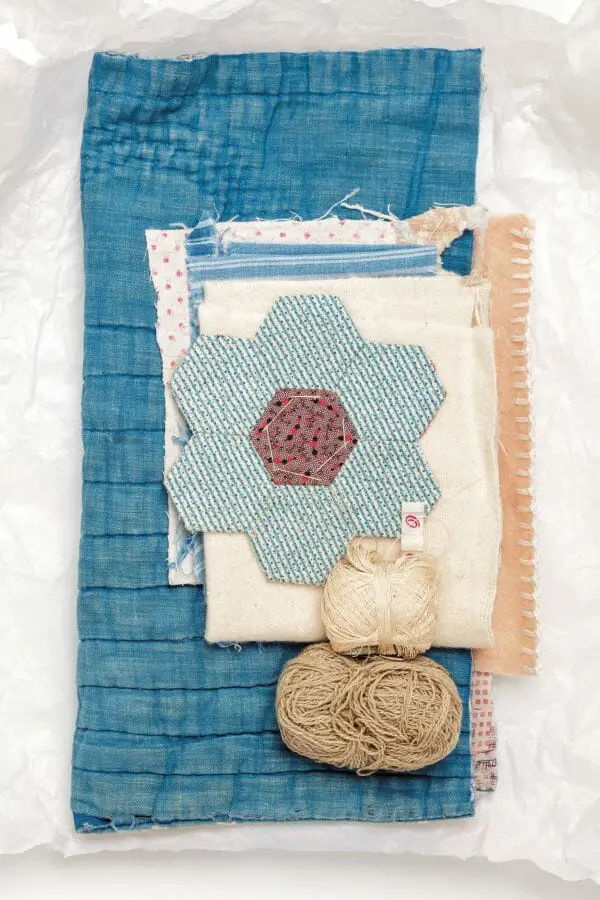
The next chapter ‘Stitch’, is the narrative heart of the book. We are introduced to stitch as a mark to produce line and texture and as a composition tool to draw the eye and create surface and textural interest.
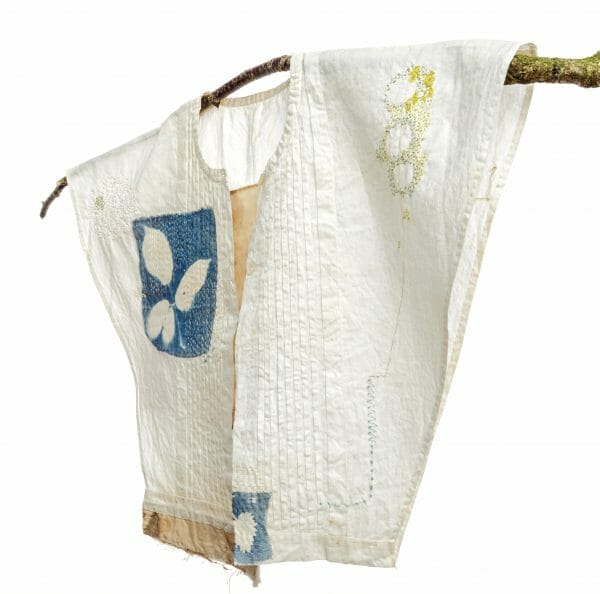
Transparency and layering are covered in ‘Trace’ where elements of light and the nature of shadow plays a part in the construction and layering of cloth including and introduction to Hannah’s signature use of Cyanotype (blueprint cloth)
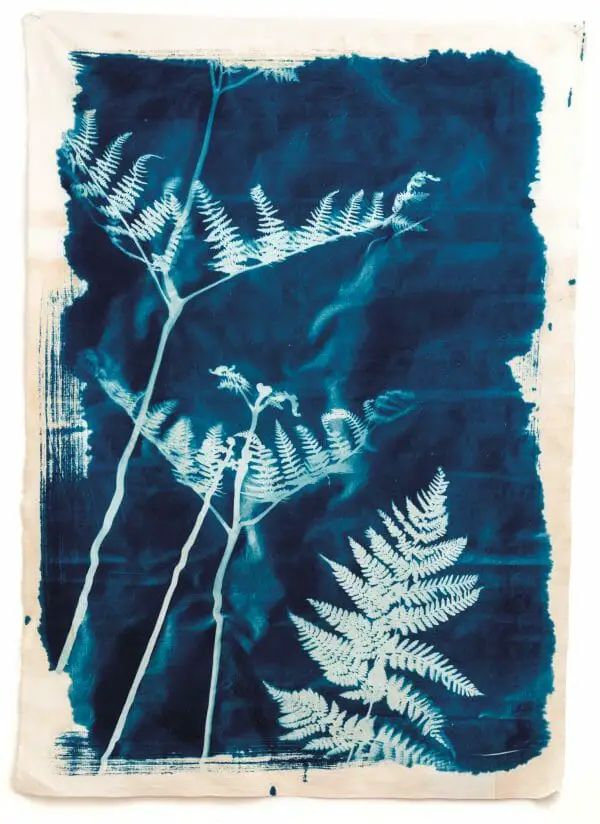
The nature of the worn and the stories torn and damaged cloth may hold are discussed in ‘Fragment’. The balance between intention and care in terms of the expressing the imperfect is gently balanced in this chapter with reference to the Japanese philosophy of Wabi Sabi. In this, Hannah’s considered thoughts echoes some of my own and adds another dimension to my thinking.
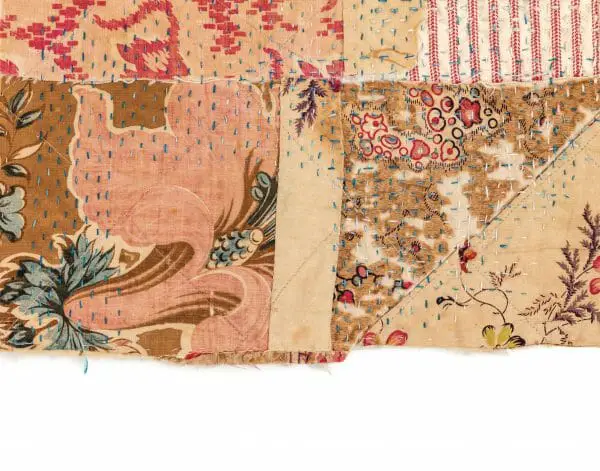
Moving on through Poetic Cloth, ‘Mend’ following on from ‘Fragment’ suggests ways of adding thoughtful repairs to the damaged cloth as part of the ‘make of the piece’. Different approaches to valuing the surface and adding texture or details with patches, darns and seams.
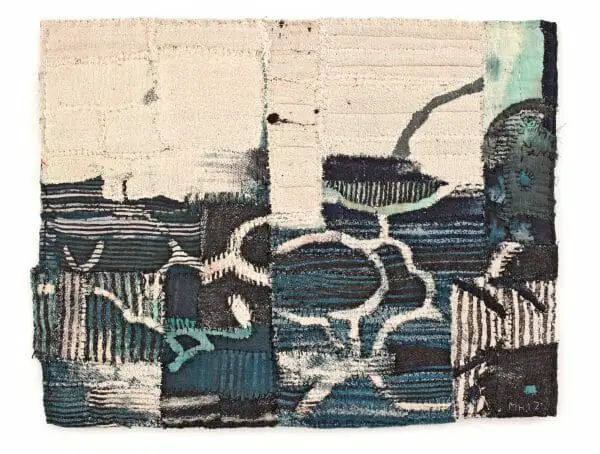
Finally, ‘Lustre’ looks at surface treatments from using wax to create a lustre to dying and bleaching as well as adding precious materials such as sequins and metal threads.
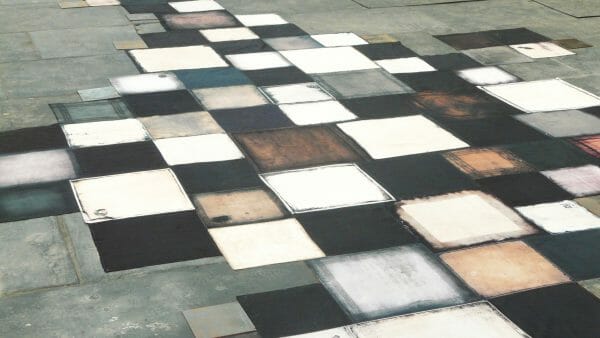
Throughout Poetic Cloth, the samples of Hannah’s working processes and work sit well alongside a examples of work by carefully chosen artists to illustrate other ways of looking at the subjects discussed, including Diana Harrison, Mathew Harris, Dorothy Caldwell and Caroline Bartlett.
All the elements within the content of the book are woven together beautifully with practical processes and techniques nested with suggestions and ideas of how you may begin to adapt and create your own ‘textile poetry’
Photography Credits
- Michael Wicks for all apart from:
- Diana Harrison, credit to Diana Harrison
- Mathew Harris, credit to Peter Stone
Poetic Cloth by Hannah Lamb is published by Batsford (2019) available from Amazon and all good bookstores.
—–
Cas Holmes is an artist, writer and tutor who contributes irregular features under Sense and Stitchability. Her most recent publication Textile Landscape (Sept 2018) is in its third print and was reviewed by Ailish Henderson. She is currently working on a project Gypsy Maker 4 with the Romani Cultural and Arts Company funded by Arts Council Wales

